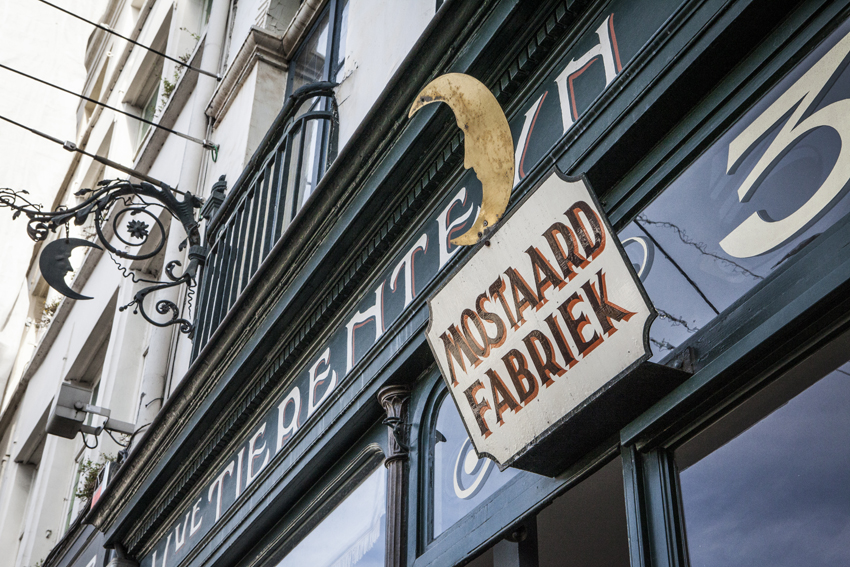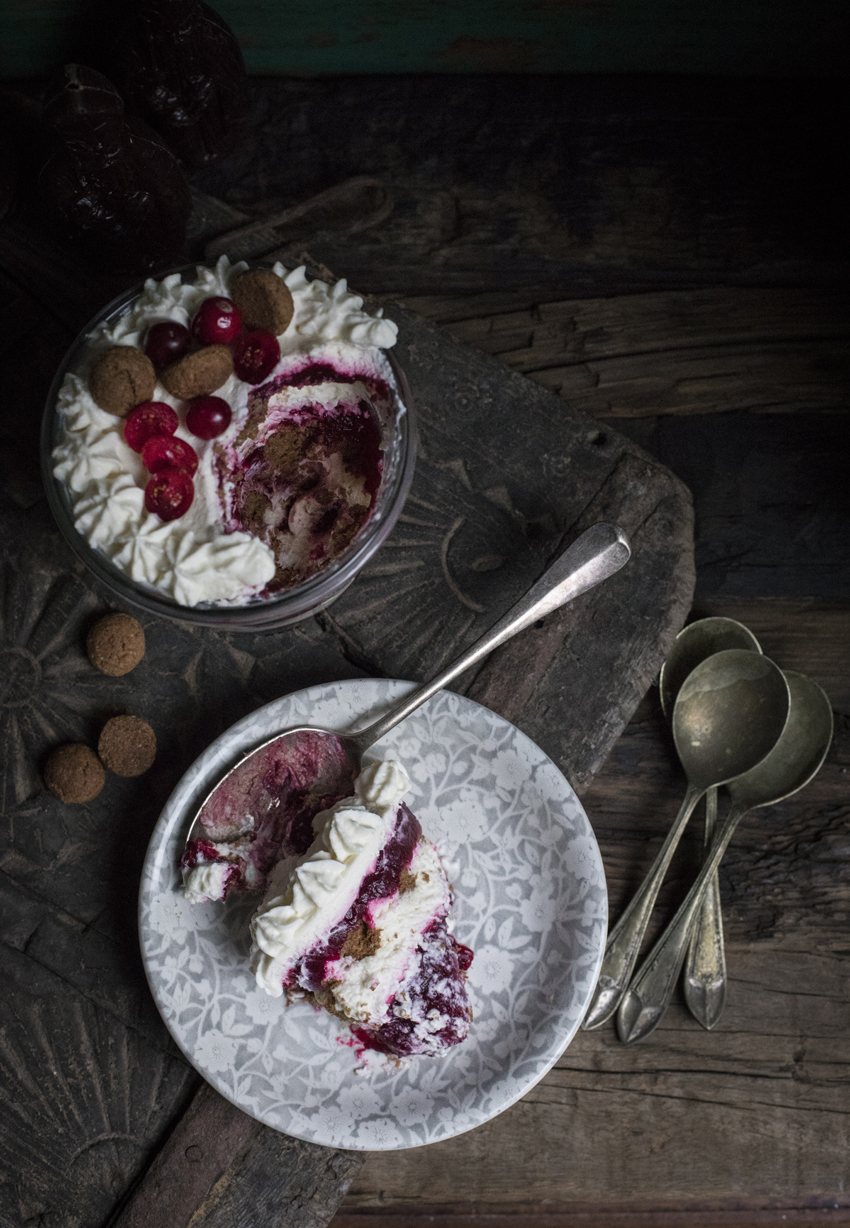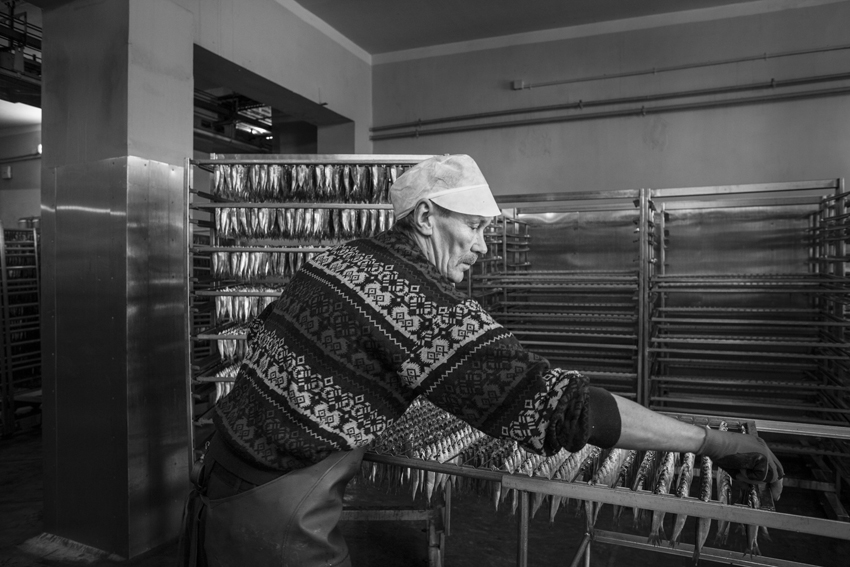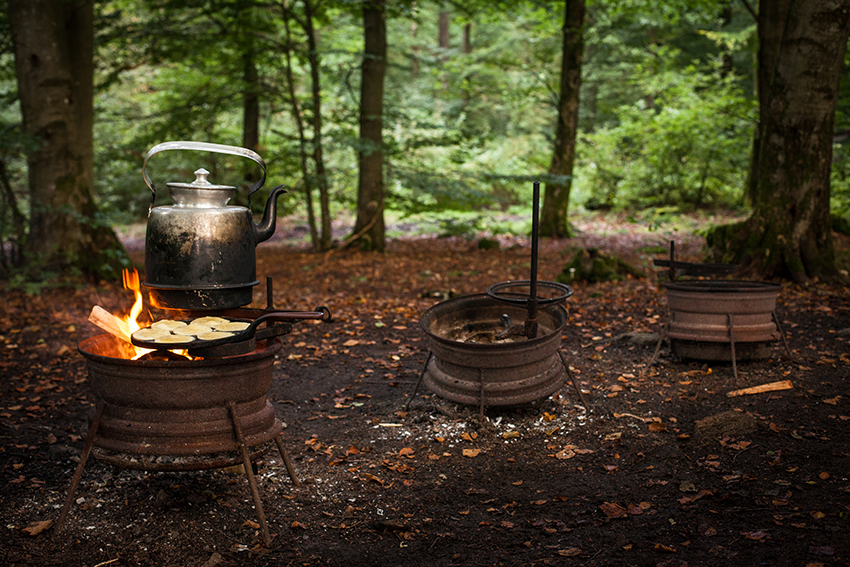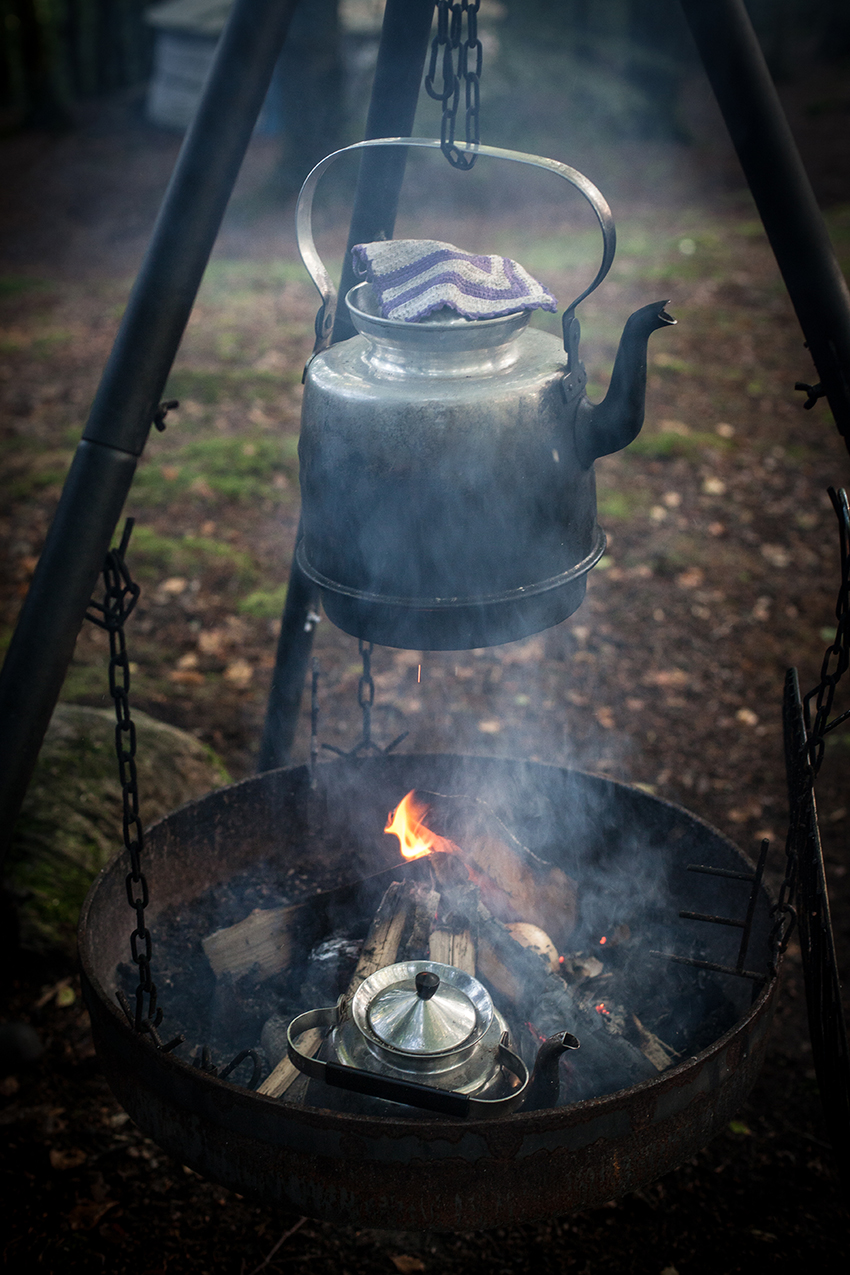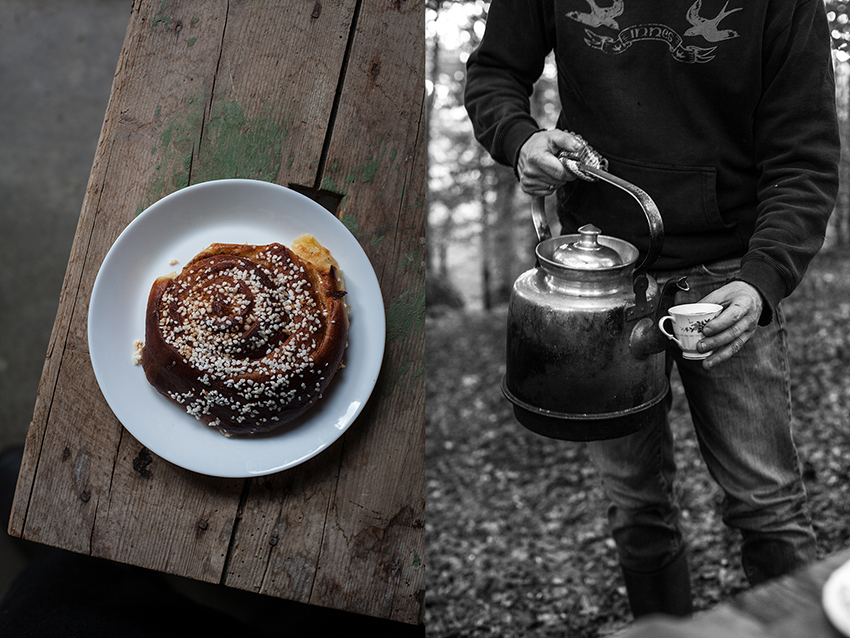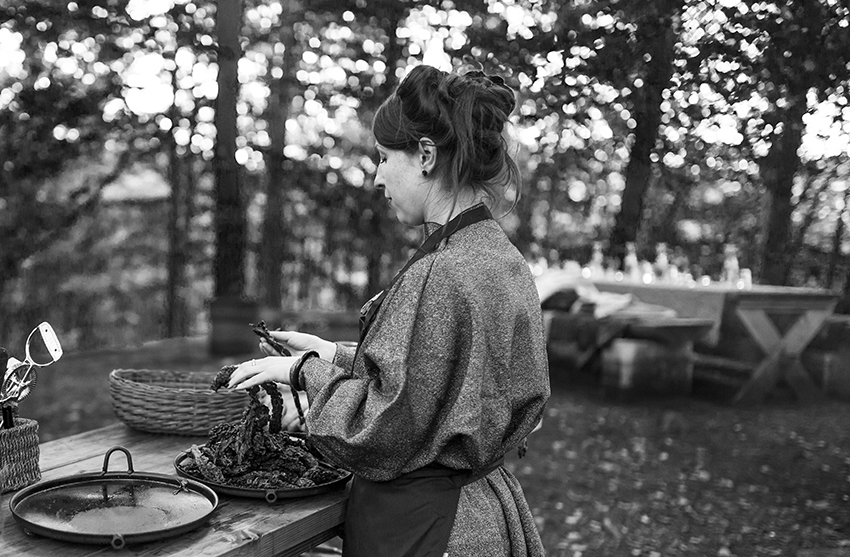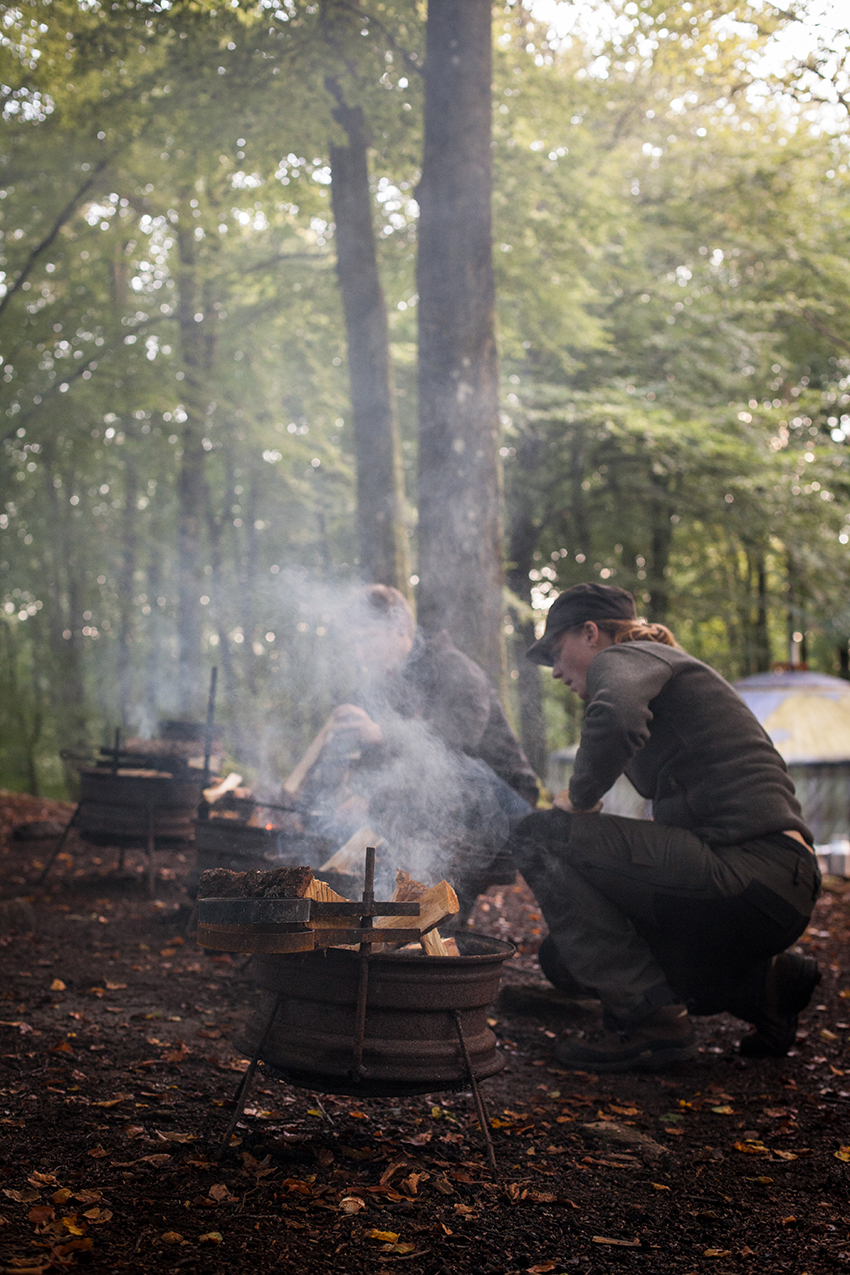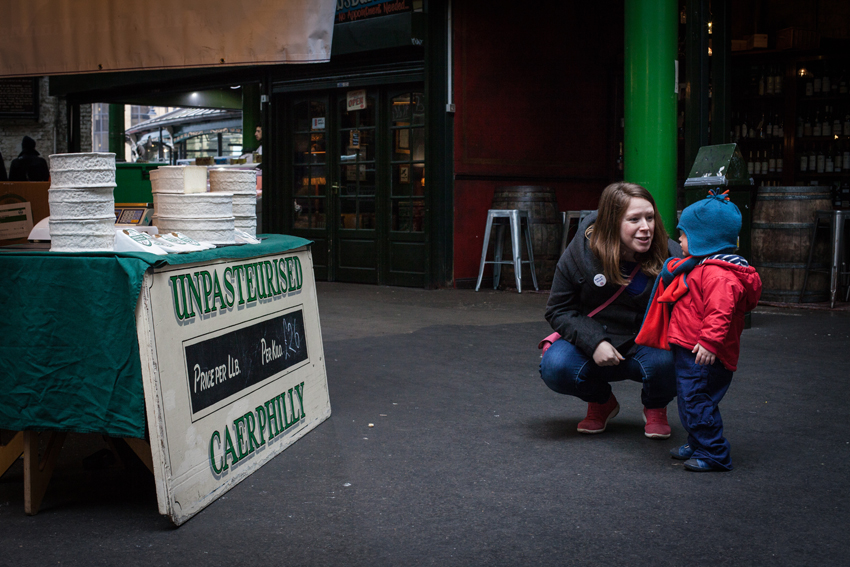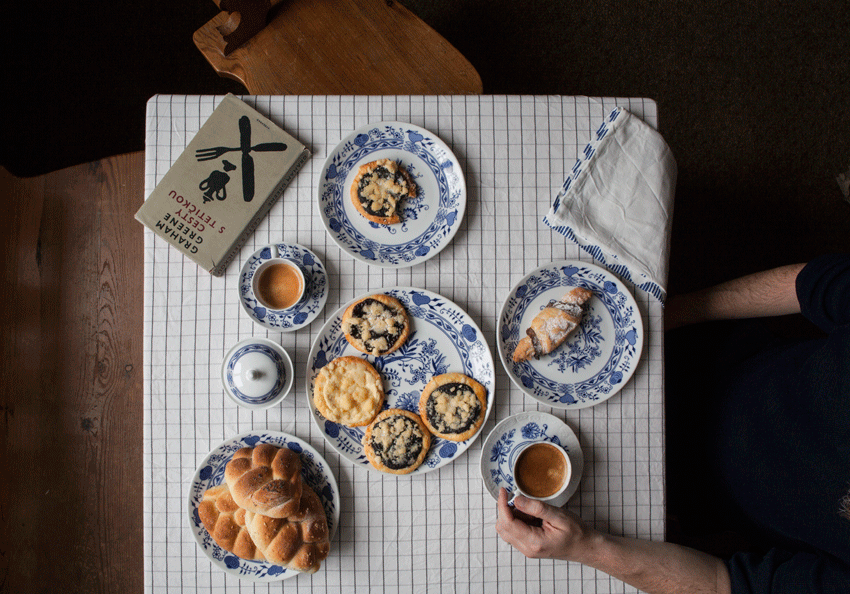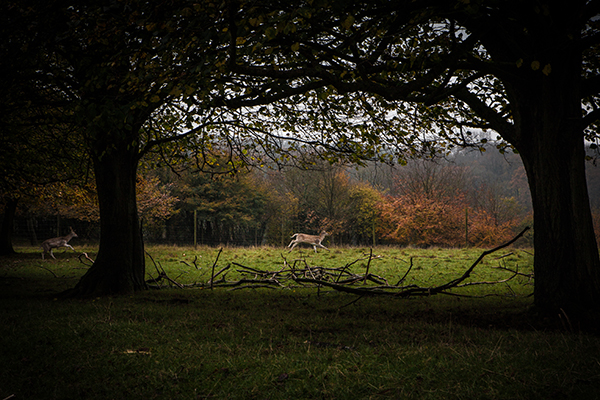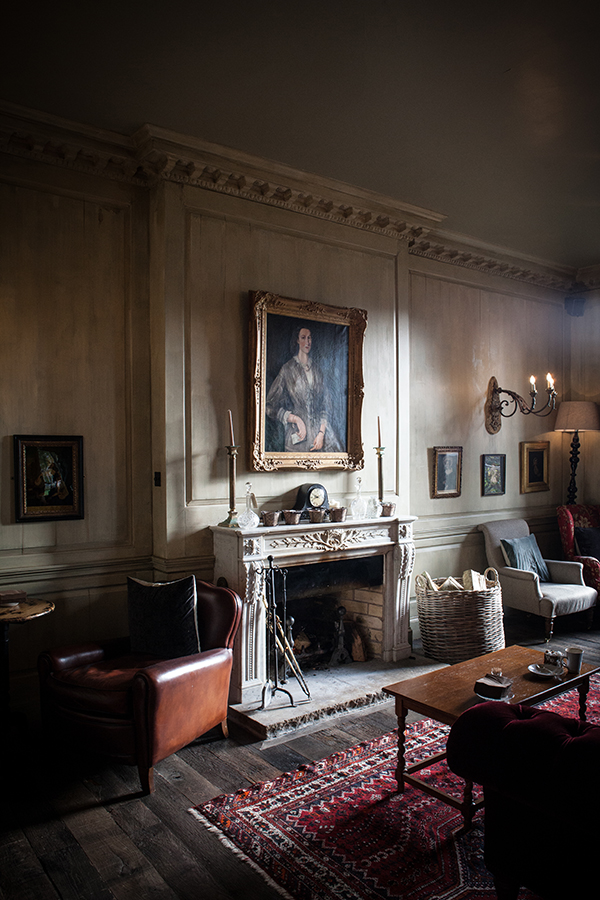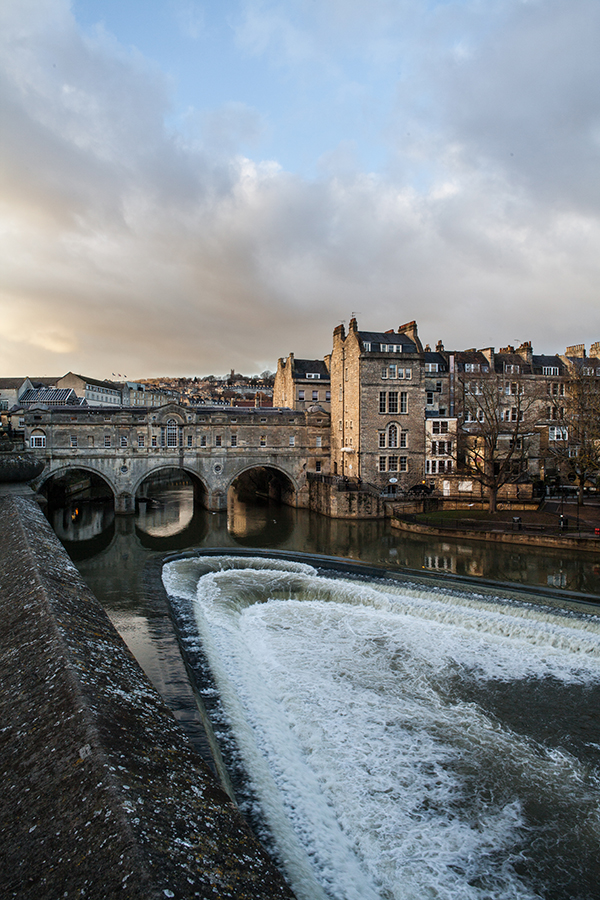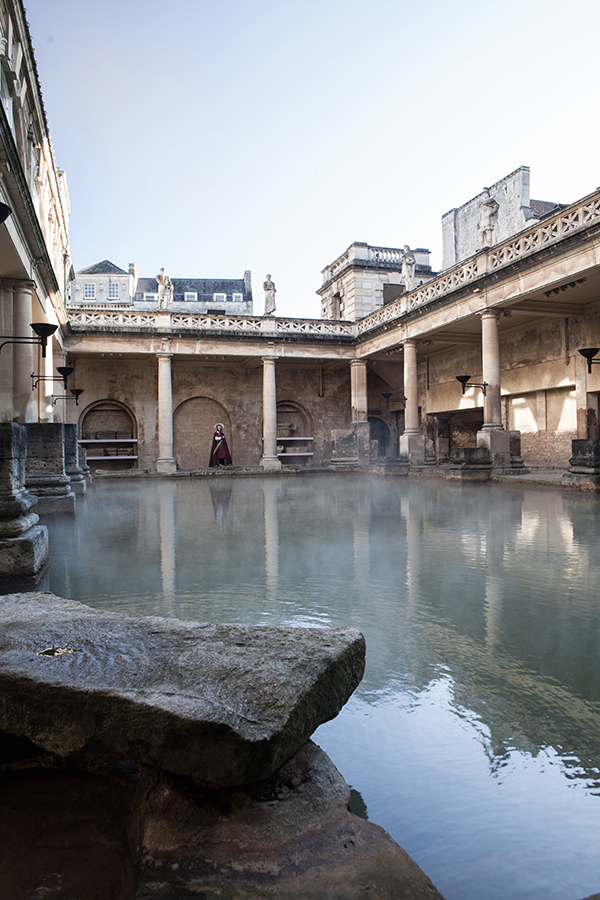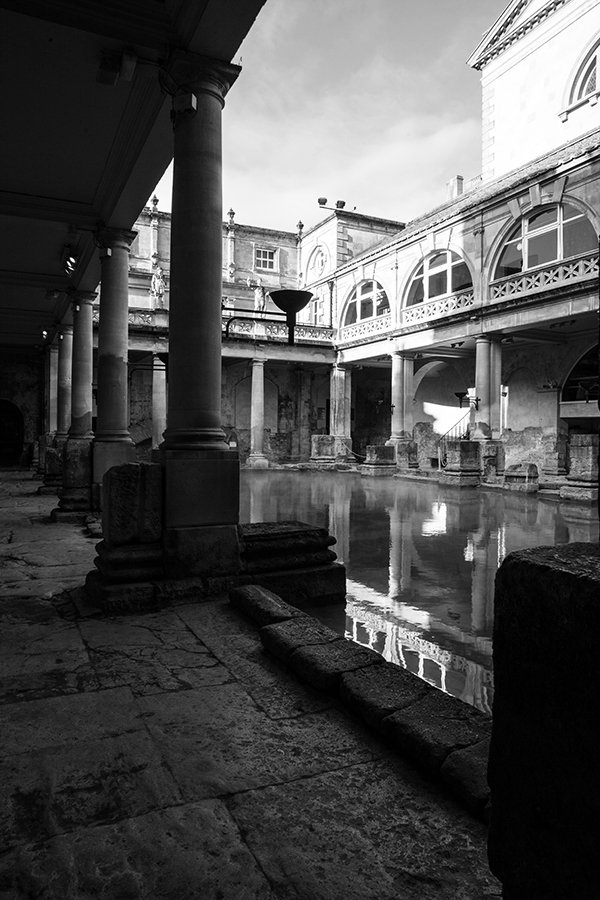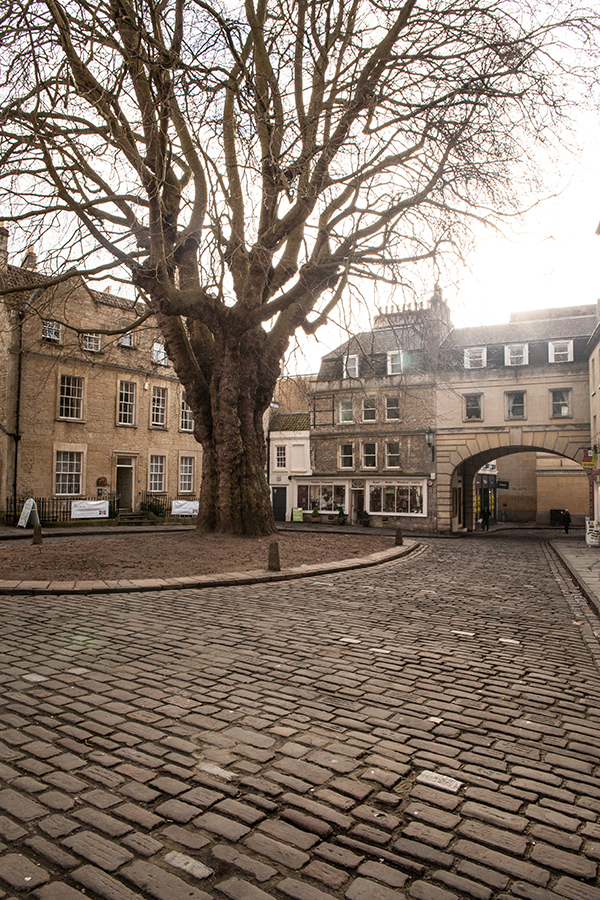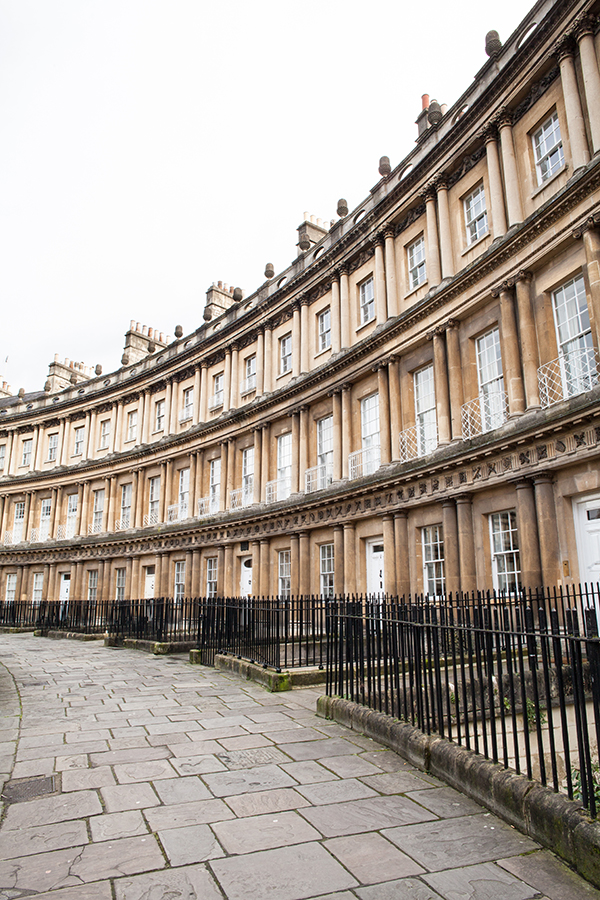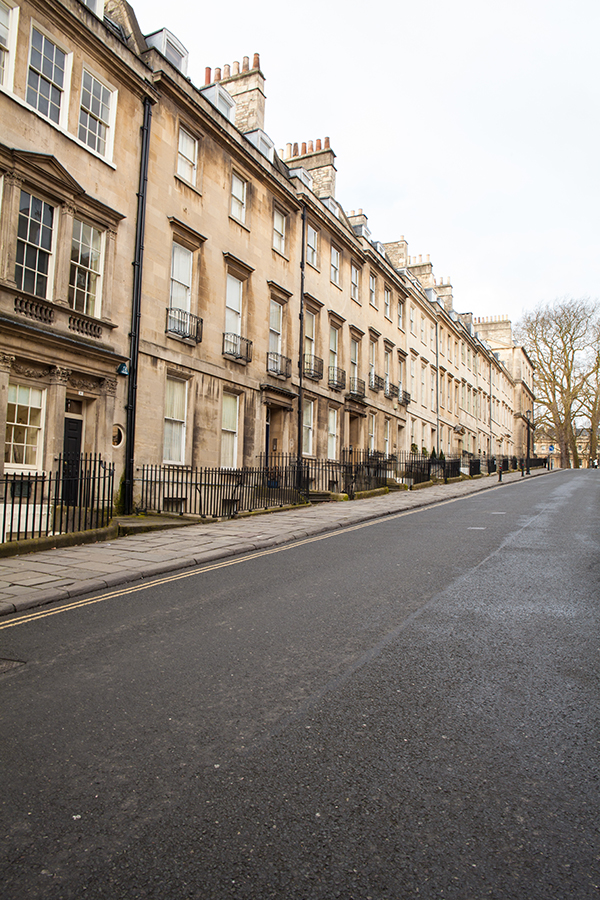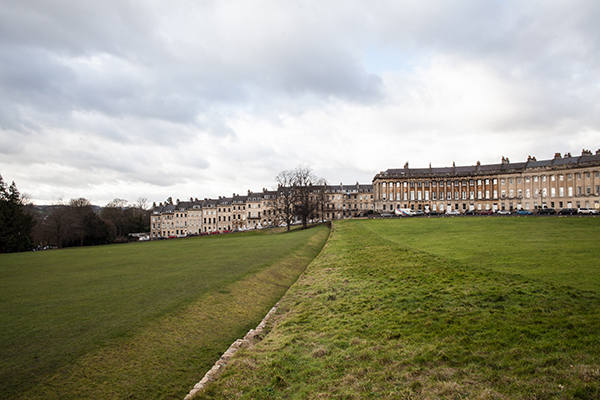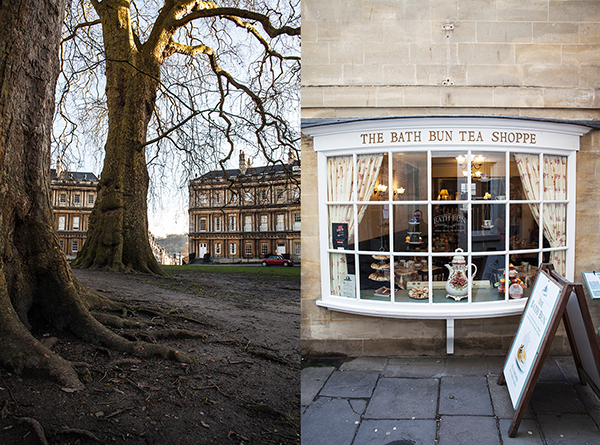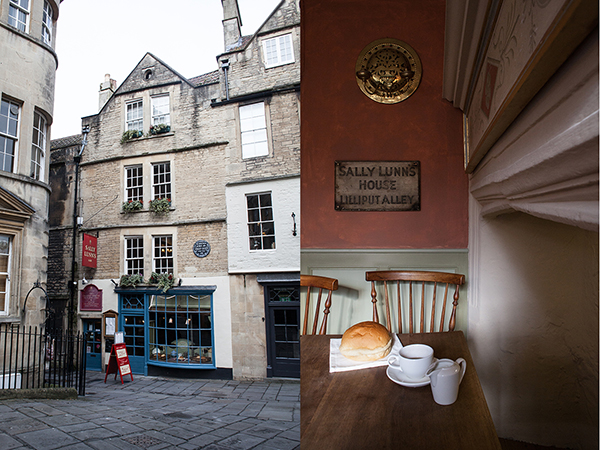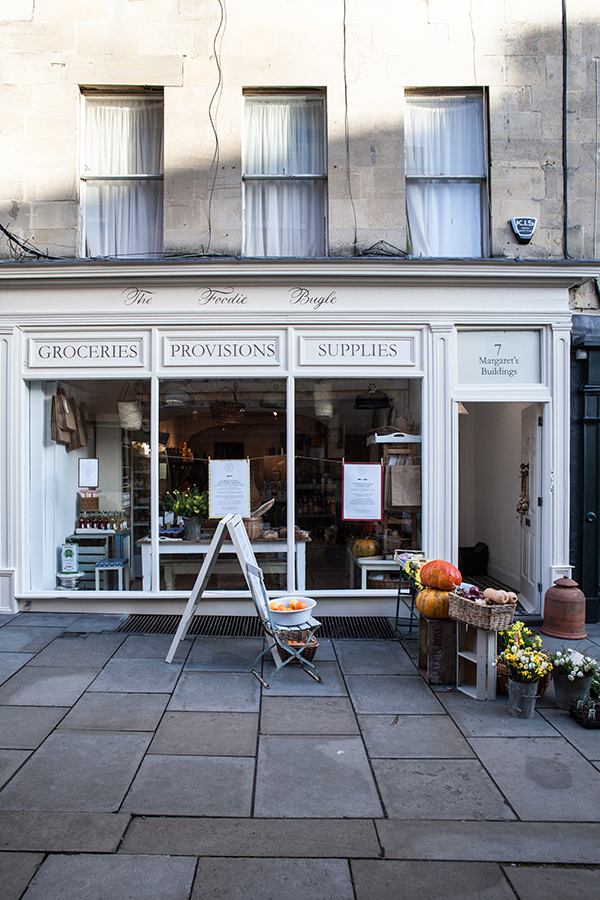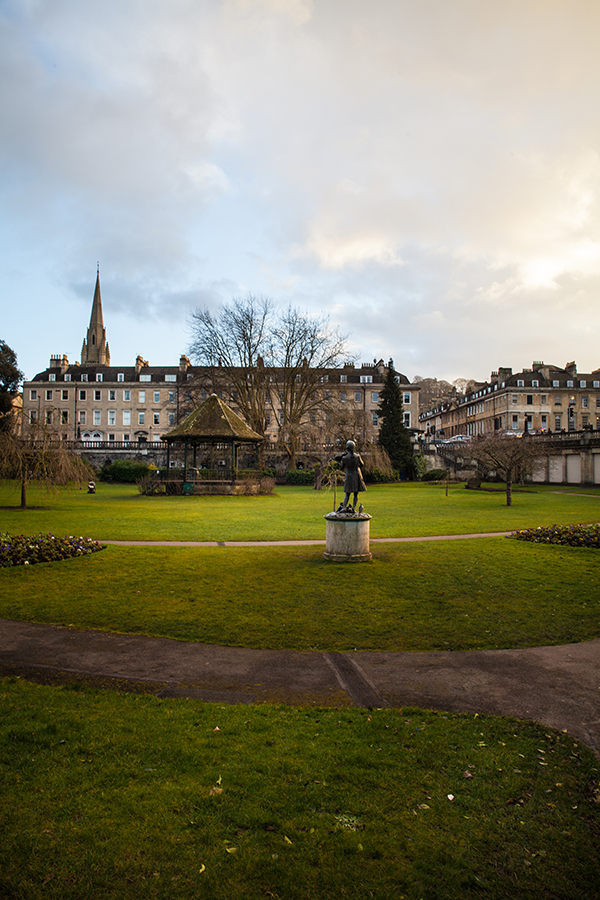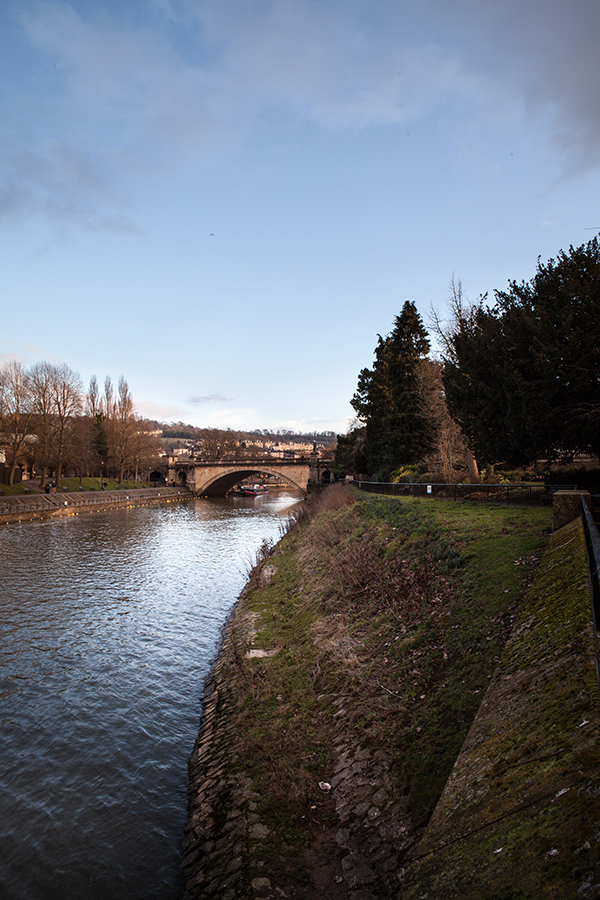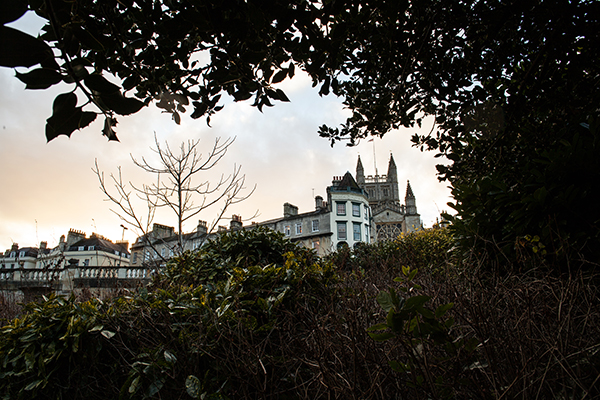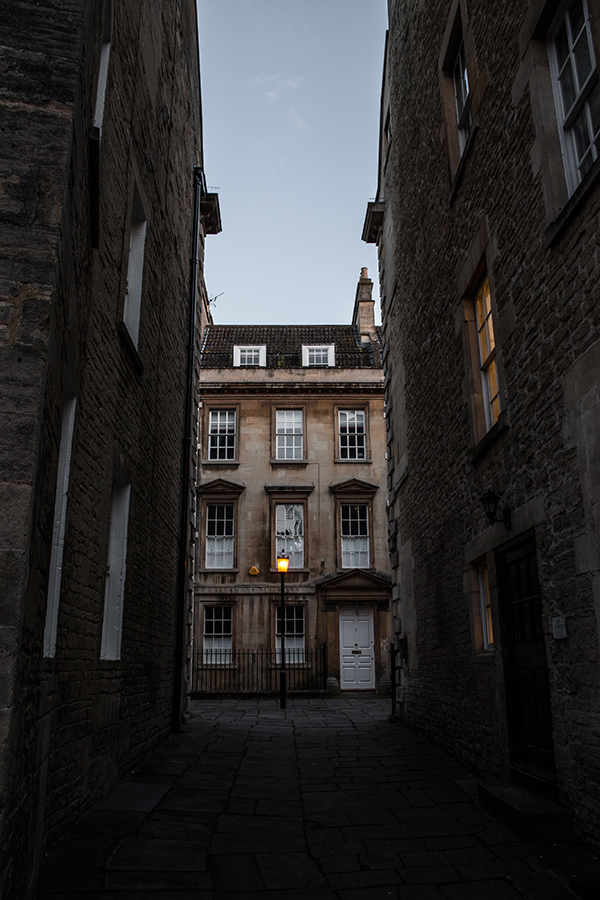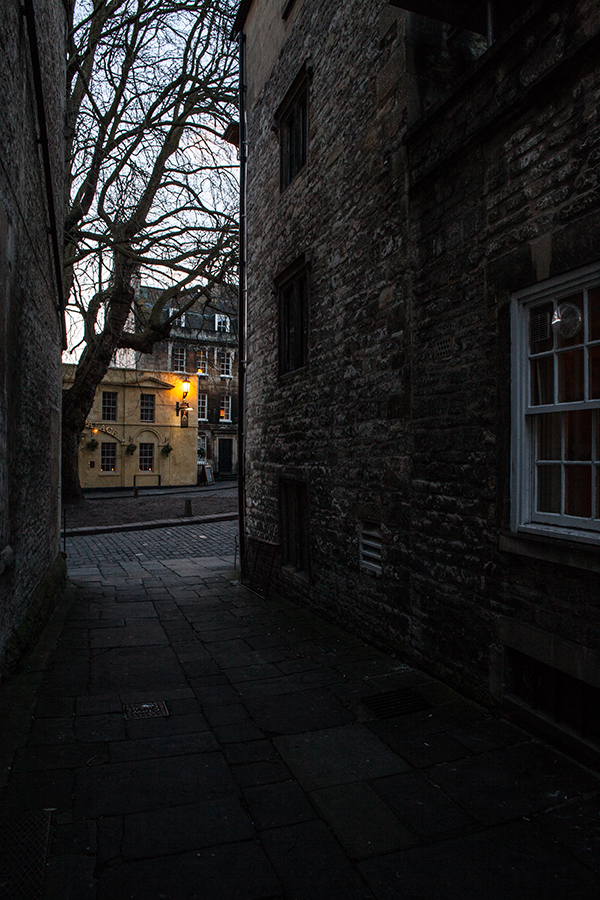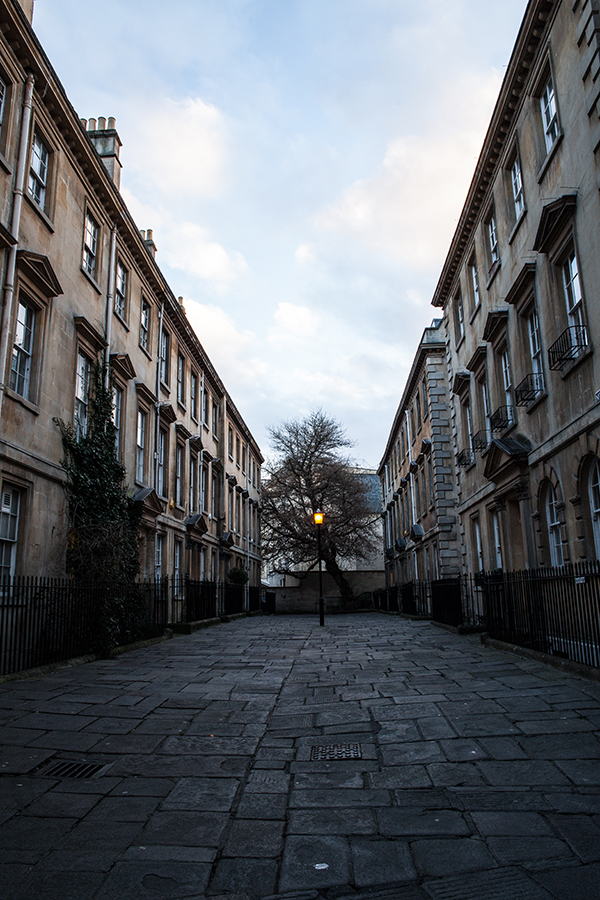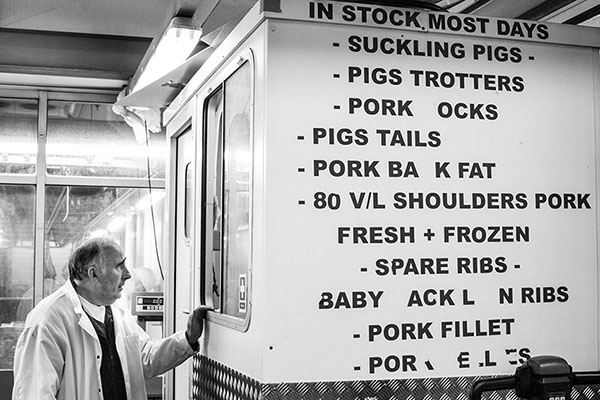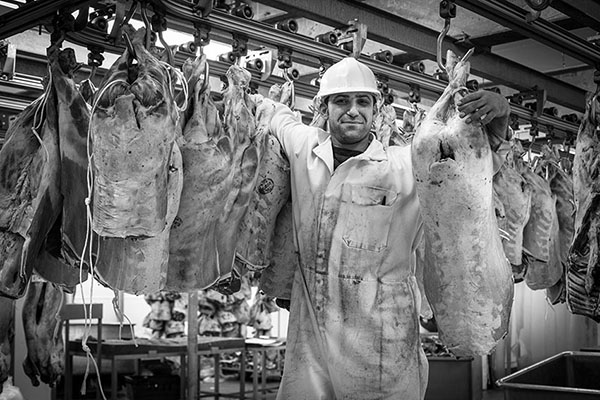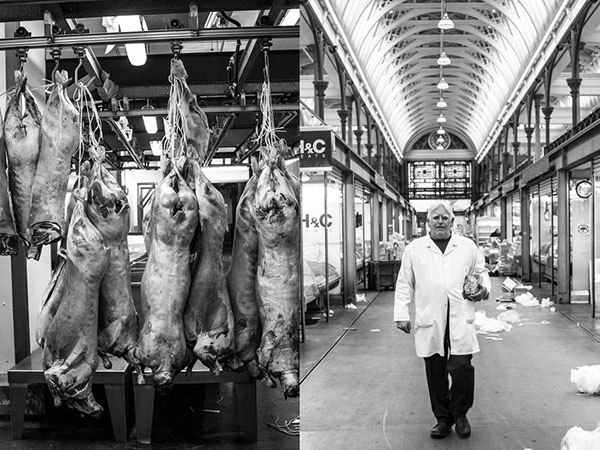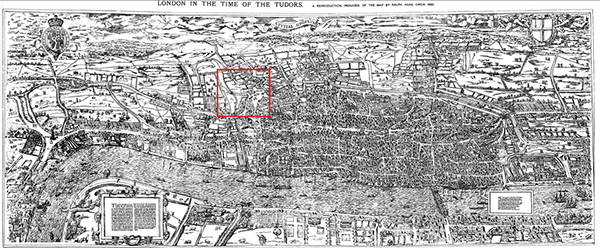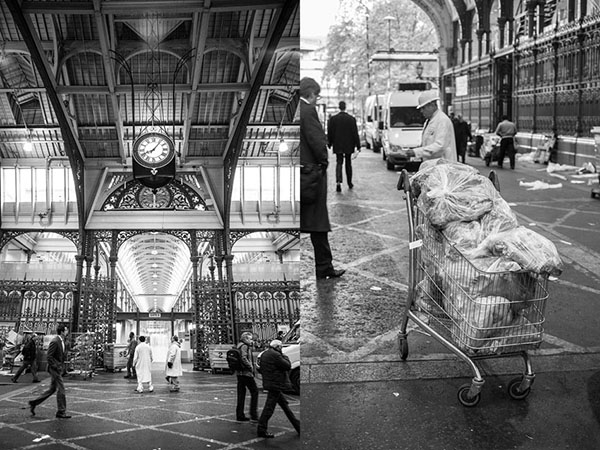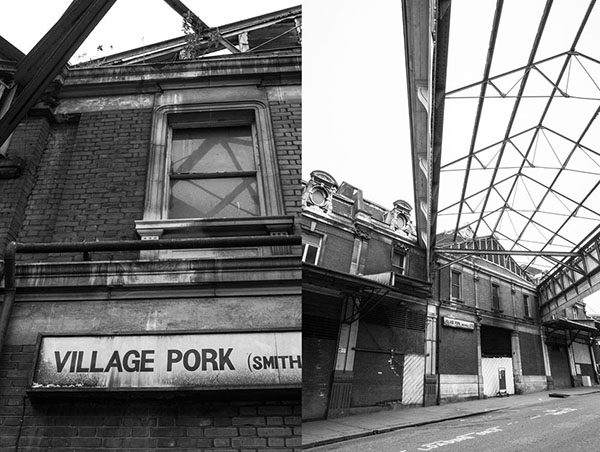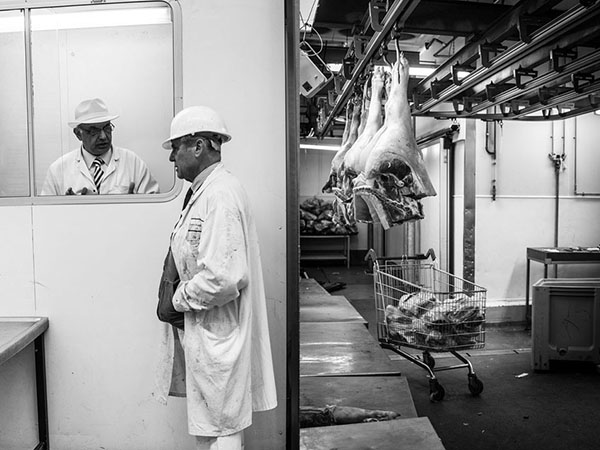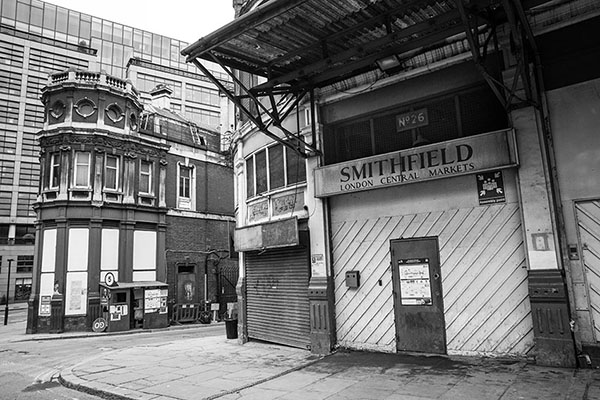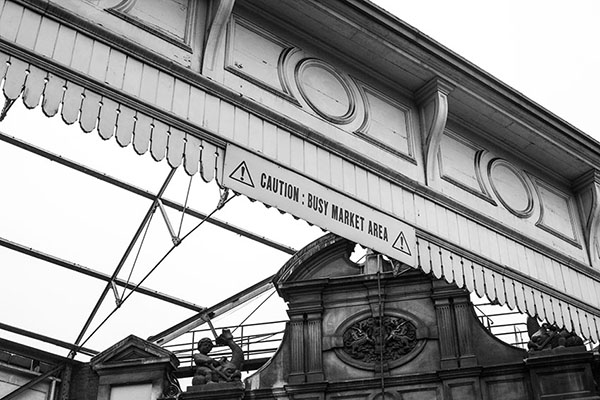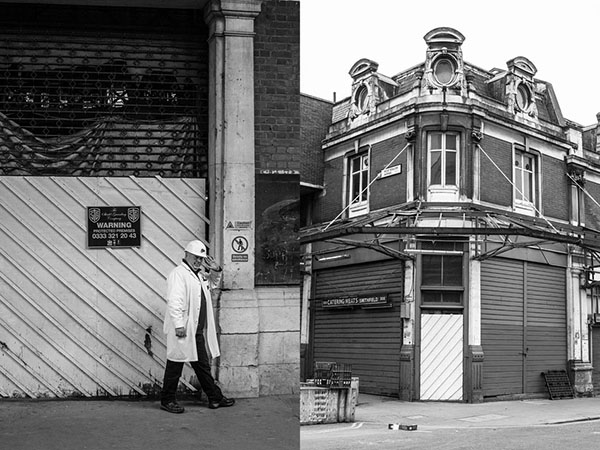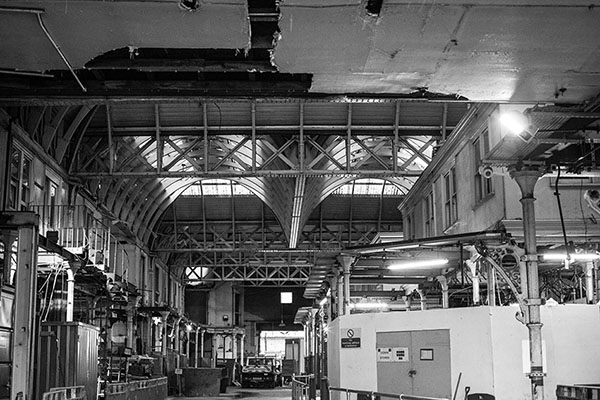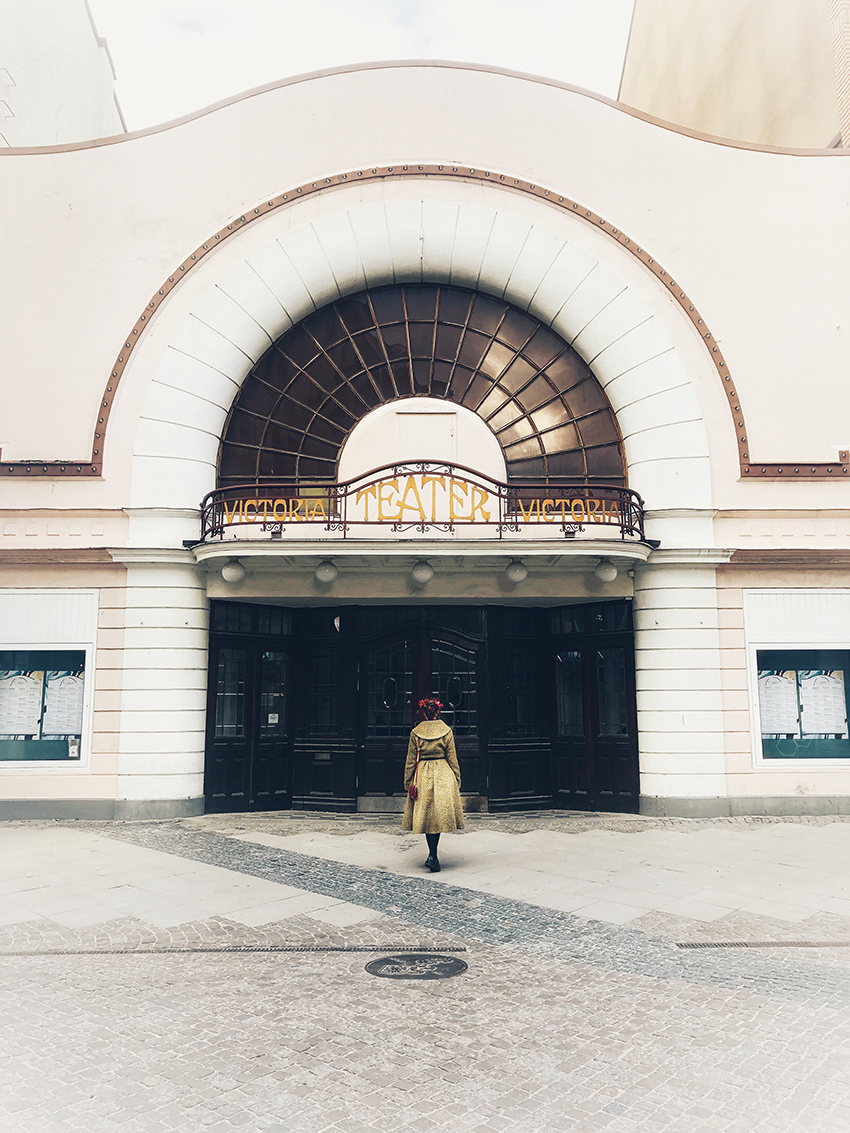 **In payed collaboration with Malmö town.
**In payed collaboration with Malmö town.
The city of Malmö kindly invited my husband and me to come and explore the town for 2,5 days. I had visited before because I have friends in town who persuaded me to come over to Parabere Forum, a conference for women in gastronomy whose aim it is to fight for gender equality, that is if you get in because although I was invited to join the conference as press last year, this year suddenly my application to join – yes you’re reading this well, you have to apply to be allowed to pay to come to this conference – was turned down… so far for equality.
Back to Malmö a town where equality is also important, yet it is less about gender and more about general equality which I think is incredibly important as a first step. Malmö used to have a bad reputation, it stood in the shadow of bright and buzzing Copenhagen which is only 30 minutes across the Øresund bridge – known from the tv series – from Malmö. I’ve visited Copenhagen just for one day but can firmly say I prefer Malmö because it is smaller and more quaint.
You arrive in Malmö by the train station and walk across the river with the majestic Savoy hotel towering over you. A small street takes you to one of the most beautiful large town squares of Malmö. The first thing I notice is the cool advertising on the side of the building of an old apothecary, a well restored ghost sign you’ll see a couple more of around town. Malmö is calm, there aren’t many cars and the locals are incredibly chill and friendly. I think you would have a hard time upsetting a Malmonian….

